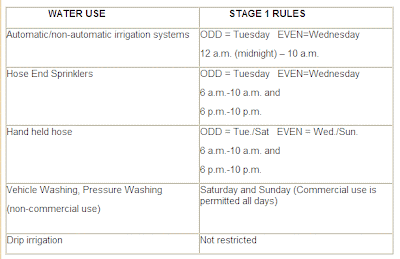This is what poison looks like.
Avoid it at all costs! You've been warned!!!



 This Camellia caught my eye at Sara P. Duke Gardens in Durham last Spring. Its an All American Variegated Japonica. I think of it as the peppermint camellia.
This Camellia caught my eye at Sara P. Duke Gardens in Durham last Spring. Its an All American Variegated Japonica. I think of it as the peppermint camellia.
Tonight in Fine Gardening, I found a Latin plant name pronunciation resource that might save some future embarrassment.

Annuals
Just today I reached the bottom of my 3 rain barrels. Hopefully, we'll get some rain soon. I decided others might benefit from the following resources as they try to maintain a lush garden during this drought:


Annuals
Trees
 My grandmother lives about 25 miles South East of Raleigh in Fuquay-Varina. She lives in an adorable board and batton house straight out of a magazine. Her yard is amazing, a true testament of her love for old things and working in the yard. She enjoys a good day of hard work in the yard as much as anyone I know... and it shows.
My grandmother lives about 25 miles South East of Raleigh in Fuquay-Varina. She lives in an adorable board and batton house straight out of a magazine. Her yard is amazing, a true testament of her love for old things and working in the yard. She enjoys a good day of hard work in the yard as much as anyone I know... and it shows.